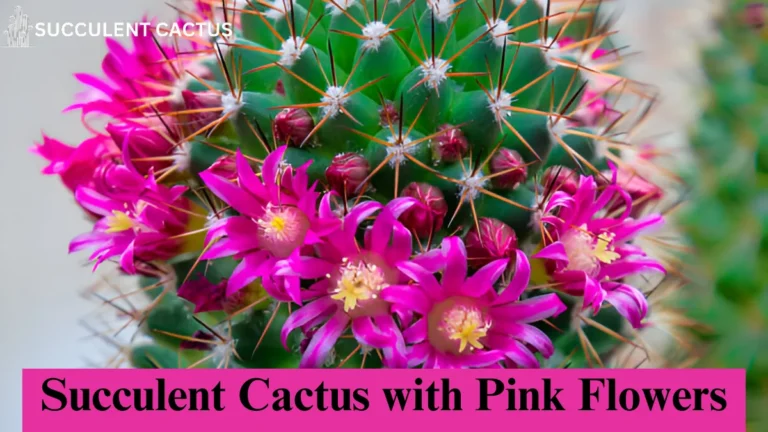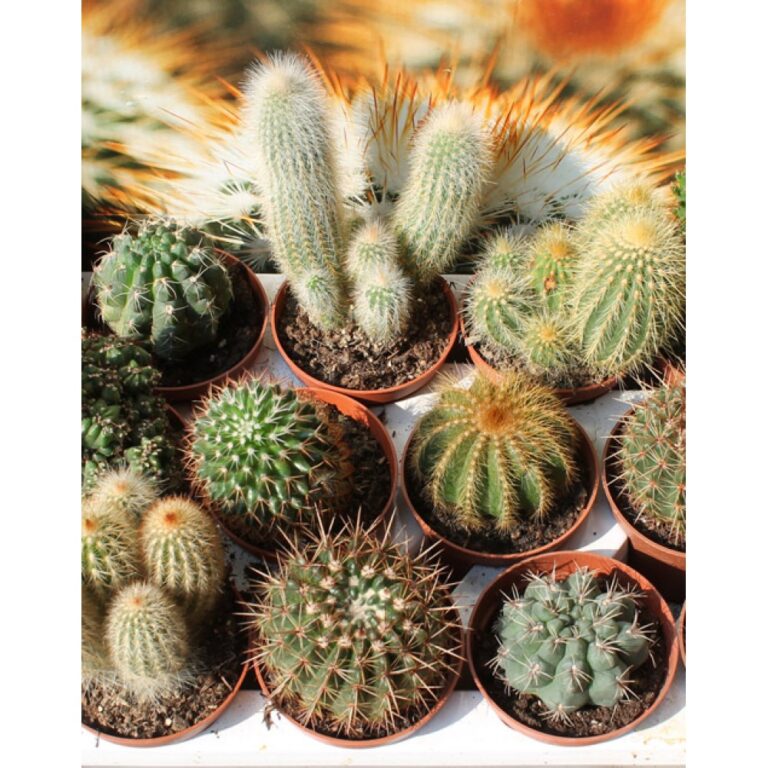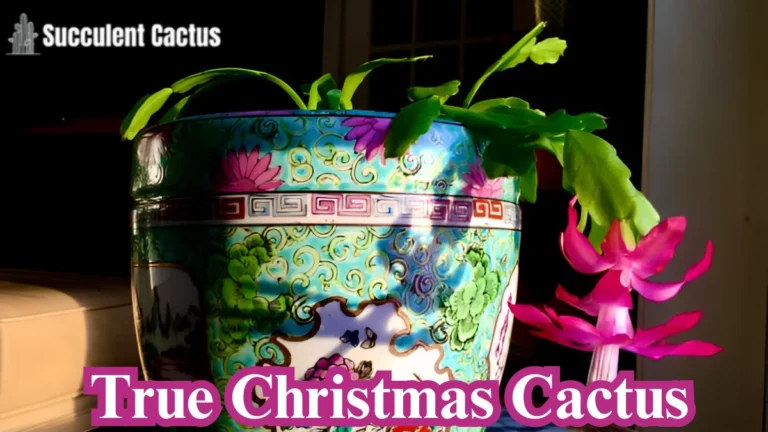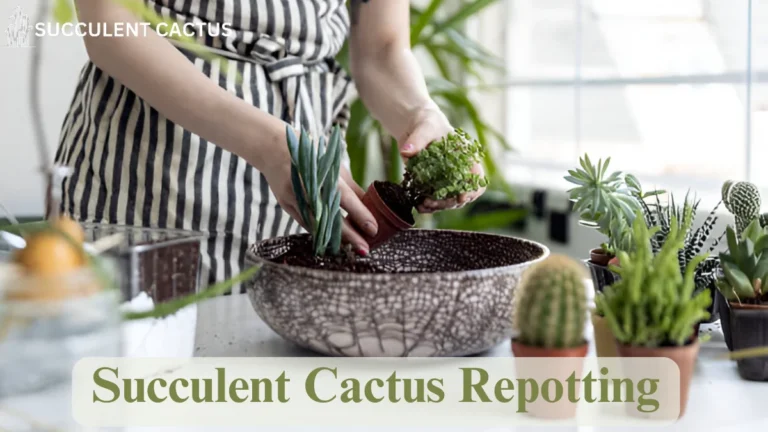“Common Color Varieties for Cactus Plants: How to Identify Them”
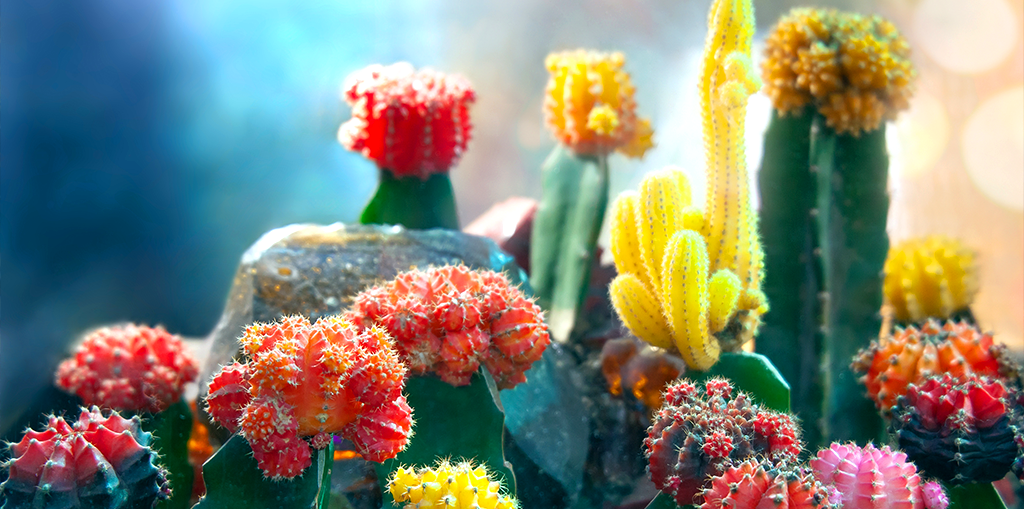
Common Color Varieties for Cactus are among the most diverse and intriguing plants in the world. With their unique shapes, structures, and colors, cacti have become a staple in many gardens, homes, and even deserts. One of the most striking features of cactus plants is their vibrant and varied color palette. From deep greens to bright reds, pinks, and purples, common color varieties for cactus can transform any space with their beauty.
If you’re new to cactus gardening or simply curious about the wide range of color varieties, this article will guide you through the common color varieties for cactus and how to identify them. By the end, you’ll be able to recognize and appreciate the stunning array of colors that make cacti so appealing to gardeners and plant enthusiasts alike.
Understanding Common Color Varieties for Cactus
Before diving into specific colors, it’s essential to understand why cacti come in such diverse colors. The main factors influencing the common color varieties for cactus include:
- Pigments: The color of a cactus is primarily determined by pigments, such as chlorophyll, anthocyanins, and carotenoids. Chlorophyll gives cacti their typical green color, while anthocyanins and carotenoids produce the reds, pinks, and oranges.
- Environmental Factors: A cactus’s color can be influenced by its environment. Sun exposure, temperature fluctuations, soil type, and water availability can all impact the intensity and shade of a cactus’s color.
- Species: Different cactus species naturally exhibit different colors. For example, the popular saguaro cactus is typically green, while other species like the prickly pear come in a range of colors, from green to yellow to purple.
Common Green Color Varieties for Cactus
Green is the most common color for cacti, as it is the color of chlorophyll, the pigment responsible for photosynthesis. However, even within green, there are many different shades and variations.
1. Light Green Cacti
Many cacti, especially young ones, exhibit a light green color. These cacti may appear soft and almost pastel in color, especially when they are still growing. Over time, as they mature and grow in harsher conditions, the color may deepen.
- Examples:
- Echinocactus grusonii (Golden Barrel Cactus) often starts with a lighter green color and develops a deeper shade as it matures.
- Opuntia microdasys (Bunny Ears Cactus) often displays a pale green color.
2. Dark Green Cacti
Dark green cacti are typical of mature plants and those grown in full sun. These cacti tend to be hardier and more adapted to withstand the rigors of extreme heat and dryness.
- Examples:
- Saguaro Cactus (Carnegiea gigantea) is one of the most iconic cactus species, characterized by its dark green stem.
- Cereus peruvianus (Peruvian Apple Cactus) also displays a rich green hue and is known for its tall, columnar growth.
Common Red, Pink, and Purple Color Varieties for Cactus
While green is the most common color varieties for cactus, some species of cacti exhibit striking shades of red, pink, and purple. These colors are often the result of pigments like anthocyanins, which can appear more vividly under specific environmental conditions.
1. Red Cacti
Red is one of the most eye-catching colors in the cactus world. Some cacti naturally produce red flowers, while others display a reddish tint due to stress or exposure to certain environmental factors, like excessive sunlight.
- Examples:
- Mammillaria celsiana (Strawberry Cactus) often displays bright red spines and flowers, giving it a striking look.
- Echinocereus triglochidiatus (Claret Cup Cactus) is well known for its vibrant red flowers and stems.
2. Pink Cacti
Pink cacti are highly sought after for their soft and pastel hues. These cacti typically bloom in pink, though some may have a pinkish tint to their bodies.
- Examples:
- Mammillaria elongata (Lady Finger Cactus) is famous for its pinkish or reddish flowers and light pink stems.
- Gymnocalycium mihanovichii (Moon Cactus) is often found in bright pink or even neon pink, particularly when grafted.
3. Purple Cacti
Purple hues in cacti are a rare and exotic occurrence. These cacti can range from lavender to deep violet shades, and this color is often produced by a mix of anthocyanins and other pigments.
- Examples:
- Opuntia violacea (Purple Prickly Pear) is a beautifully purple variety of prickly pear cactus, with a distinct shade of purple along its pads.
- Echinopsis oxygona (Easter Lily Cactus) can sometimes display a reddish-purple hue at the base.
Yellow and Orange Common Color Varieties for Cactus
While less common than green or red, yellow and orange cacti are still prized for their warm, sunny tones. These colors are often a result of carotenoids, another type of pigment.
1. Yellow Cacti
Yellow cacti are typically characterized by bright golden or yellow blooms, although some species also display yellowish spines or stems.
- Examples:
- Echinocactus grusonii (Golden Barrel Cactus) is one of the most famous yellow cacti, particularly known for its golden spines.
- Ferocactus wislizeni (Fishhook Barrel Cactus) often has golden spines that give the plant a yellowish tint.
2. Orange Cacti
Orange hues in cacti are often associated with their flowers or are seen in species that experience stress or excessive sunlight.
- Examples:
- Mammillaria luethyi (Lueth’s Cactus) produces bright orange flowers that bloom during the spring.
- Echinocereus reichenbachii (Strawberry Hedgehog Cactus) produces orange flowers, especially when in bloom.
Other Color Variations and Factors
Some cacti may show multiple colors due to their genetic makeup or environmental conditions. These can create plants with a range of hues that shift as the cactus matures, undergoes stress, or changes seasonally.
Color Changes with Stress or Environmental Factors
Cacti that are stressed by factors like heat, light, or drought may display color changes. This could result in colors such as:
- Bluish or grayish hues due to lack of water or exposure to intense sunlight. This is common in species like the Blue Barrel Cactus.
- Brown or reddish patches can indicate sunburn or damage.
Grafted Cacti
Some cacti, like the Moon Cactus (Gymnocalycium mihanovichii), are grafted onto a rootstock cactus. These grafted cacti often come in colors such as bright pink, yellow, or orange due to the unique pigmentation of the top cactus.
How to Identify The Common Color Varieties For Cactus
Identifying the common color varieties for cactus requires an understanding of both the species and its growing conditions. To help you recognize and identify the various color varieties, here are some useful tips:
- Examine the Plant’s Spines: Spines can often indicate the color of the cactus, as some species develop spines that range in color from yellow to red, depending on their age and environmental exposure.
- Check the Flowers: Cactus flowers often exhibit the most vibrant colors, ranging from bright reds and yellows to subtle pinks and purples. Take note of the color of flowers as they often give insight into the cactus variety.
- Look for Color Changes: If you notice your cactus changing color, this could be a sign of environmental stress or seasonal changes. For example, a cactus might turn red or purple under stress from heat.
Why Color Variations Matter for Cactus Care
The common color varieties for cactus are not just visually striking; they also provide important clues about a plant’s health and care needs. Color can be an indicator of stress, environmental conditions, and the plant’s overall vitality. Common color varieties for cactus For example, a cactus that starts to turn purple may be stressed due to overexposure to sunlight or insufficient water. Understanding the color of your cactus allows you to provide better care, adjusting light, water, and temperature as needed to maintain a healthy plant.
Conclusion: Appreciating the Stunning Colors of Cacti
Cacti are some of the most diverse plants when it comes to color, offering a vast range of hues and shades, from the familiar green to striking reds, pinks, yellows, and even purples. Understanding the common color varieties for cactus can help you appreciate the beauty of these unique plants while providing the best care possible.
By knowing the species and environmental factors affecting common color varieties for cactus, you can better care for your plants, making them more resilient and vibrant. Whether you’re growing a collection of colorful cacti or simply adding one or two to your home, recognizing and appreciating their natural colors is part of the joy of cactus gardening.

